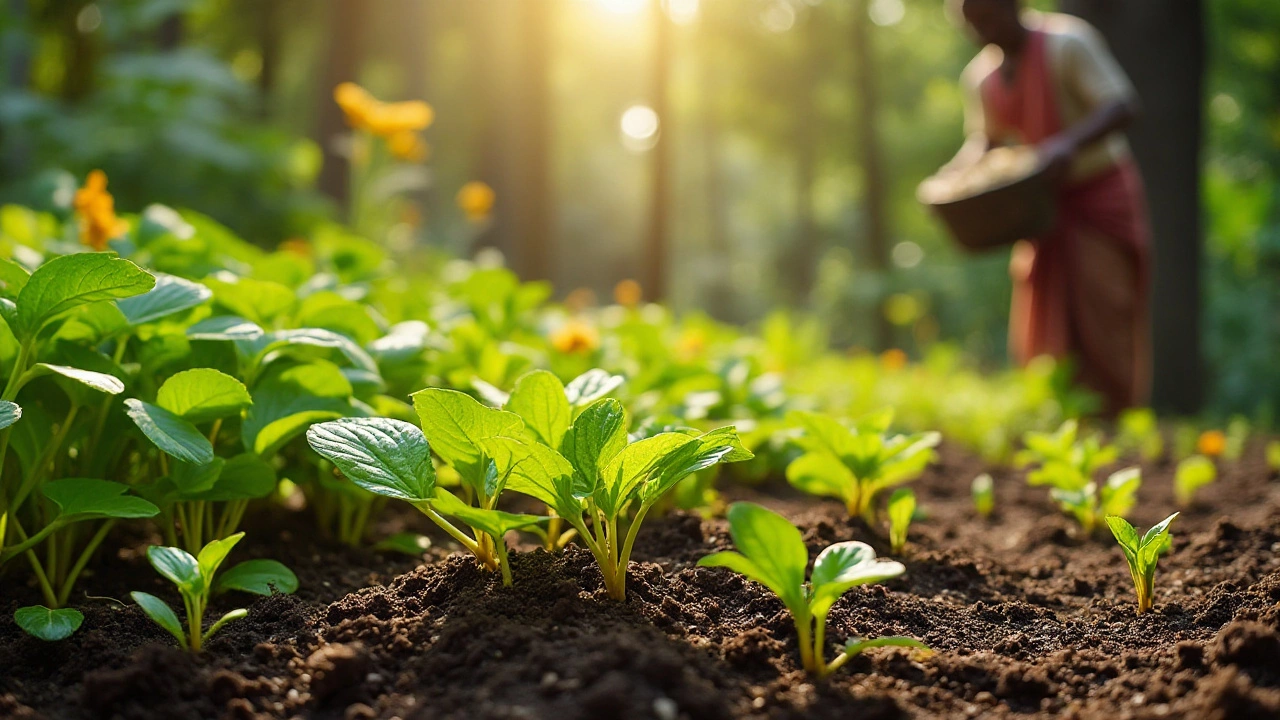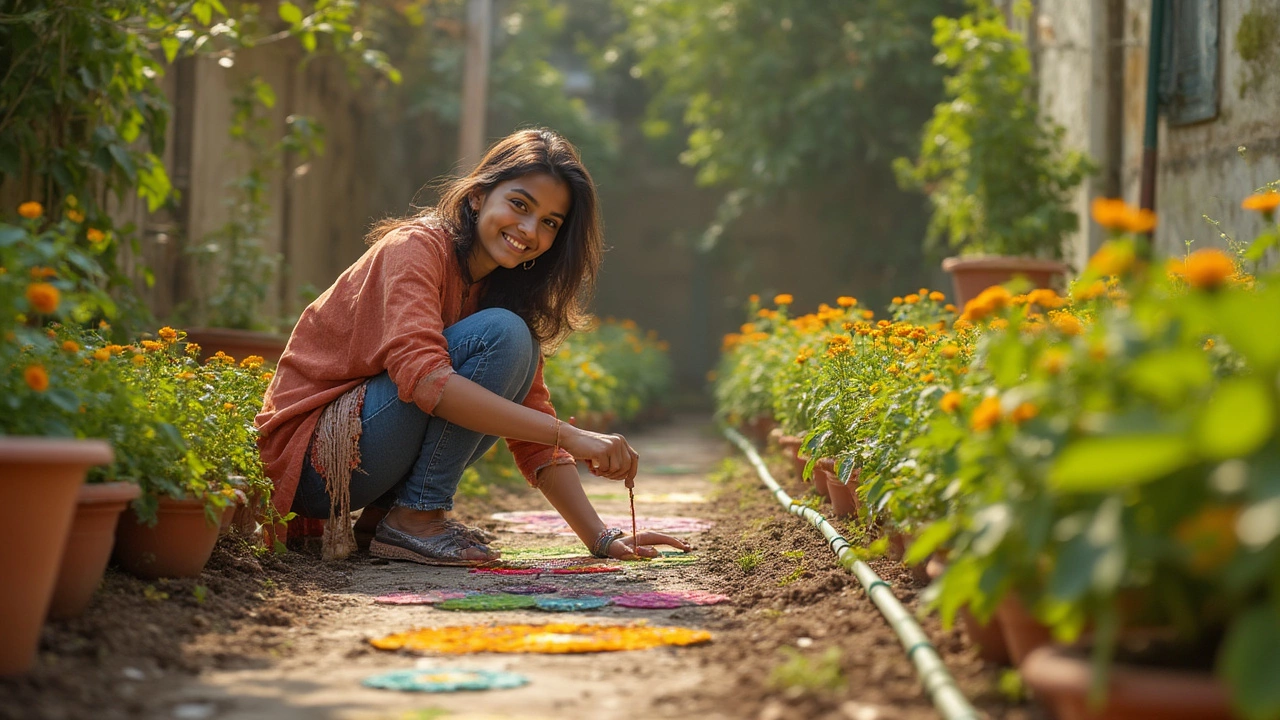Gardening Tips for Indian Home Gardens
When you start looking for gardening tips, practical ideas that help plants thrive in Indian climates. Also known as home garden advice, these tips blend no‑till gardening, a method that keeps soil structure intact, drip irrigation, a water‑efficient system that delivers moisture right to the root zone and smart container garden watering, a schedule that avoids over‑watering potted plants. Together they let you grow more with less effort.
Here’s why gardening tips matter for anyone with a balcony or backyard. No‑till gardening, for example, reduces soil erosion, improves moisture retention and boosts microbial life. By leaving crop residues on the surface, you create a protective blanket that keeps rainwater from washing soil away. In Indian monsoon regions, this means fewer weeds and a healthier root environment even after heavy downpours. The approach also cuts down on labor—no need to plow or till every season—so you can focus on planting and harvesting.
Water management is the next big piece of the puzzle. Drip irrigation delivers a slow, steady drip directly to each plant’s base, cutting evaporation by up to 70 % compared with overhead sprinklers. For container gardeners, the same principle applies: use a moisture meter or simply stick your finger into the soil to gauge when the top inch feels dry. If you water daily, you risk leaching nutrients and encouraging root rot. Instead, aim for a deep soak once the soil surface dries, then let the soil dry slightly before the next dose. This rhythm encourages deeper root growth and makes plants more drought‑resilient.
Choosing the right plants simplifies the whole process. Easy flowers like marigold, petunia and zinnia are low‑maintenance, love the Indian sun, and bounce back from occasional neglect. Because they’re tolerant of a range of soil types, you can experiment with both raised beds and containers without worrying about precise soil pH. Pair these blooms with a few herb varieties—basil, mint, coriander—to create a mini‑kitchen garden that supplies fresh flavor while attracting beneficial insects.
Seasonality shapes every gardening decision in India. In the north, the cooler months (October‑February) are ideal for leafy greens, while the hot summer is perfect for heat‑loving veggies like okra and eggplant. The south enjoys a more year‑round growing window, but monsoon timing still dictates when to sow seedlings versus transplant. By aligning your gardening tips with regional climate patterns, you maximize yields and reduce the risk of disease outbreaks caused by excess moisture.
What’s Next
The articles below dive deeper into each of these areas—from how to test soil moisture for container gardens, to step‑by‑step guides for installing drip systems, and a roundup of the easiest flowers to grow. Browse the collection to find actionable advice that matches your garden’s size, climate and skill level.
Guide to Restoring and Improving Soil in Garden Beds
Restoring soil in a garden bed to its optimal condition can usher in vibrant growth and flourishing plants. There are several strategies to help rejuvenate tired soil, from improving its nutritional content to enhancing its structure. With practical techniques such as adding organic matter, practicing crop rotation, and ensuring proper drainage, gardeners can revitalize their plots. Cultivating healthy soil involves understanding the symbiotic roles of microorganisms and plant life. This article delves into actionable steps and insights to rejuvenate your garden soil.
- manufacturing
- India
- food processing
- garden tips
- rice cultivation
- government schemes
- balcony garden
- urban gardening
- balcony gardening
- profitable business
- business ideas
- plastic manufacturing
- drip irrigation
- plant care
- steel manufacturing
- sustainable gardening
- startup ideas
- steel industry
- flower gardening
- textile manufacturers






